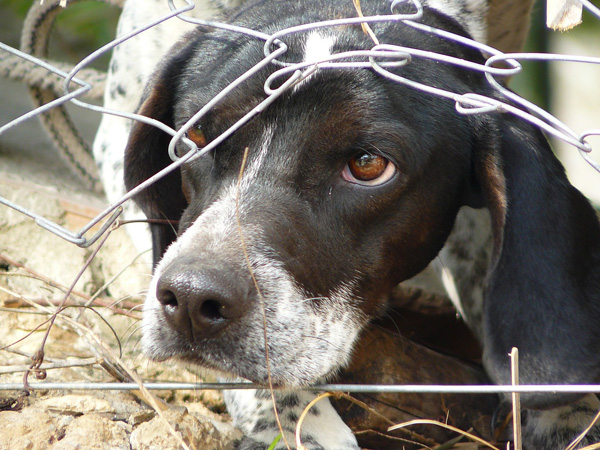Cloned beagle raises ethics debate over animal testing

[Animal cruelty. Photo Credit to Pixabay]
On 5 July 2017, Sinogene, a Beijing-based
biotech firm, cloned a beagle puppy named Longlong by using genetic
manipulation.
Longlong was genetically engineered to be
atherosclerosis-prone and suffers from blood clotting disorders.
The dog is an experimental animal for
stroke and heart disease studies.
Although the research provides essential
data on the treatment of the disease, it is a sheer violation of animal rights
and welfare.
Experimental animals like Longlong are made
to suffer, and thus many animal protection groups, especially PETA, strongly
oppose these practices.
Animal abuse doesn't only include physical
acts of harm but also hoarding , neglecting and leaving them in cars.
Even minor acts, such as lack of timely
feeding and unhygienic shelter conditions, amount to cruelty.
Lack of any one of these severely affects
their health and psychological well-being and lessens their life.
Furthermore, psychological impacts make
them exhibit behavioral changes in the long run that will complicate their
rehabilitation and rehousing.
According to the American Society for the
Prevention of Cruelty to Animals (ASPCA), about 6.3 million companion animals
enter U.S. animal shelters every year.
Although pets are meant to be the
responsibility for owners, most of the animals are easily abandoned simply
because they cannot speak for themselves.
It reflects a lack of responsibility and
awareness towards animals, making them suffer unnecessarily.
To overcome this problem, education
relating to the lives and welfare of companion animals is necessary.
During the 19th century, Europe, especially
Britain, became increasingly interested in animal protection with a growing
awareness and education about attitudes towards the vulnerable.
In 1822 Britain passed the world's first
animal welfare law, the Cruel Treatment of Cattle Act, also called Martin's
Act.
This law imposed fines against cruelty to
livestock such as horses, cattle, and sheep.
Though the West pioneered animal protection
laws compared to Eastern countries, proper enforcement took much time,
indicating that awareness amongst society is also paramount apart from
legislation.
Awareness can be generated by introducing
programs regarding animal protection and welfare in schools and communities
among children and youngsters.
These programs introduce the overview of
animal rights and welfare to the students, hence, establishing proper
relationships with animals.
With different activities, students can get
in direct contact with animals and participate in animal protection
organizations for practical experience.
For instance, visiting animal shelters,
volunteering, or doing projects on animals would make students understand
animals' needs and emotions and shape their values.
The approach could be through social media
platforms, where one can share information on animal protection and do
campaigns about animal abuse cases.
It channeled an online community into
making a difference, raising awareness for more people about the cause of
animal protection and spreading awareness regarding animal abuse.
Although perceptions of people would not be
changed overnight, such efforts, when repeatedly done, would add up and
eventually push society toward a world recognizing animals with the same level
of dignity and rights as humanity.
This will require mass action on the part
of people, communities, and organizations working specifically to build empathy
towards other living organisms.
People must now strive to understand
animals as equal to humans and make greater efforts to maintain a healthy
coexistence with them.

- Sean Jung / Grade 10 Session 1
- Eric Hamber Secondary School

![THE HERALD STUDENT REPORTERS [US]](/assets/images/logo_student_us.png)
![THE HERALD STUDENT REPORTERS [Canada]](/assets/images/logo_student_ca.png)
